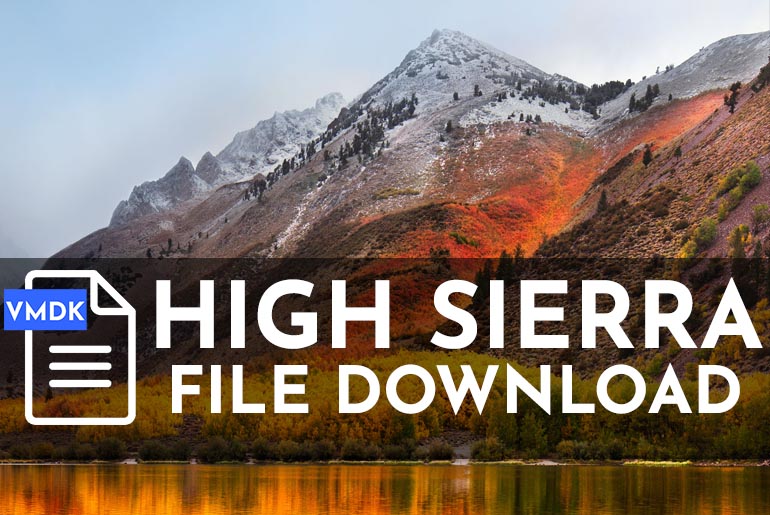
Hdiutil attach /Applications/Install\ Mac\ OS\ X\ Lion.app/Contents/SharedSupport/InstallESD.dmg -noverify -nobrowse -mountpoint /Volumes/esdĬp -rp /Volumes/esd/BaseSystem. Hdiutil detach /Volumes/Mac\ OS\ X\ Base\ System Rm /Volumes/Mac\ OS\ X\ Base\ System/System/Installation/PackagesĬp -rp /Volumes/esd/Packages /Volumes/Mac\ OS\ X\ Base\ System/System/InstallationĬp -rp /Volumes/esd/BaseSystem.chunklist /Volumes/Mac\ OS\ X\ Base\ System/Ĭp -rp /Volumes/esd/BaseSystem.dmg /Volumes/Mac\ OS\ X\ Base\ System/ Hdiutil attach /Applications/Install\ OS\ X\ Mountain\ Lion.app/Contents/SharedSupport/InstallESD.dmg -noverify -nobrowse -mountpoint /Volumes/esd Hdiutil attach /Applications/Install\ OS\ X\ Mavericks.app/Contents/SharedSupport/InstallESD.dmg -noverify -nobrowse -mountpoint /Volumes/esd
Rm /Volumes/OS X Base System/System/Installation/Packages Hdiutil attach /Applications/Install\ OS\ X\ Yosemite.app/Contents/SharedSupport/InstallESD.dmg -noverify -nobrowse -mountpoint /Volumes/esd

Hdiutil attach /Applications/Install\ OS\ X\ El\ Capitan.app/Contents/SharedSupport/InstallESD.dmg -noverify -nobrowse -mountpoint /Volumes/esd Hdiutil convert /tmp/tmp_ -format UDTO -o /tmp/tmp_iso.iso Hdiutil detach /Volumes/OS\ X\ Base\ System Rm /Volumes/OS\ X\ Base\ System/System/Installation/PackagesĬp -rp /Volumes/esd/Packages /Volumes/OS\ X\ Base\ System/System/InstallationĬp -rp /Volumes/esd/BaseSystem.chunklist /Volumes/OS\ X\ Base\ System/Ĭp -rp /Volumes/esd/BaseSystem.dmg /Volumes/OS\ X\ Base\ System/ Hdiutil attach /Applications/Install\ macOS\ Sierra.app/Contents/SharedSupport/InstallESD.dmg -noverify -nobrowse -mountpoint /Volumes/esdĪsr restore -source /Volumes/esd/BaseSystem.dmg -target /Volumes/iso -noprompt -noverify -erase Hdiutil attach /tmp/tmp_ -noverify -nobrowse -mountpoint /Volumes/iso Hdiutil create -o /tmp/tmp_iso.cdr -size 7316m -layout SPUD -fs HFS+J I don’t think I have any particular problems. However, since the folder structure from OS X 10.7 Lion to OS X 10.12 Sierra is different from 10.13 High Sierra or later, the commands are slightly different, but if you use the script on this page, that will also be supported. The spelling of the command changes depending on the OS version, making it difficult to understand, but what you are doing is simple.
#Download mac os high sierra image iso
On this page, instead of executing multiple commands in “Terminal” to create an ISO file, you can easily create an ISO file by copying and executing a “shell script”.Īlso, I actually checked the operation of the created all ISO files with VMware and VirtualBox.īy the way, what the “shell script” does is roughly as follows.
#Download mac os high sierra image software
OS X Yosemite was announced and released to developers on June 2, 2014, at WWDC 2014, and released to public beta testers on July 24, 2014.Īnyone with a Developer account might be able to download even older versions here.I think that the ISO file for macOS installation is often used with virtual environment software such as VMware and VirtualBox. OS X Yosemite is the eleventh major release of macOS, Apple Inc.'s desktop and server operating system for Macintosh computers. It focuses mainly on performance, stability, and security. OS X El Capitan is the twelfth major release of macOS, Apple Inc.'s desktop and server operating system. The name "macOS" stems from the intention to uniform the operating system's name with iOS, watchOS, and tvOS. MacOS Sierra is the thirteenth major release of macOS, Apple Inc.'s desktop and server operating system for Macintosh computers. The name "High Sierra" refers to the High Sierra region in California. macOS High Sierra was announced at the WWDC 2017 on June 5, 2017, and was released on September 25, 2017.

MacOS High Sierra is the fourteenth major release of macOS, Apple Inc.'s desktop operating system for Macintosh computers. Mojave was announced at Apple's Worldwide Developers Conference on June 4, 2018, and was released to the public on September 24, 2018. MacOS Mojave is the fifteenth major release of macOS, Apple Inc.'s desktop operating system for Macintosh computers. It is the successor to macOS Mojave and was announced at WWDC 2019 on June 3, 2019, and released to the public on October 7, 2019. MacOS Catalina is the sixteenth major release of macOS, Apple Inc.'s desktop operating system for Macintosh computers.

It was announced at Apple's Worldwide Developers Conference on June 22, 2020, and was released to the public on November 12, 2020. MacOS Big Sur is the 17th major release of macOS, Apple Inc.'s operating system for Macintosh computers, and is the successor to macOS Catalina. This newest version is called macOS Sierra in line with Apples tradition to give their operating systems names of geographical locations in California. MacOS gives you a choice to download whatever version is currently available of the macOS you need. The operating system previously known as OS X is now called macOS and its thirteenth version, 10.12, can now be downloaded to Mac servers, desktop and laptop computers.


 0 kommentar(er)
0 kommentar(er)
